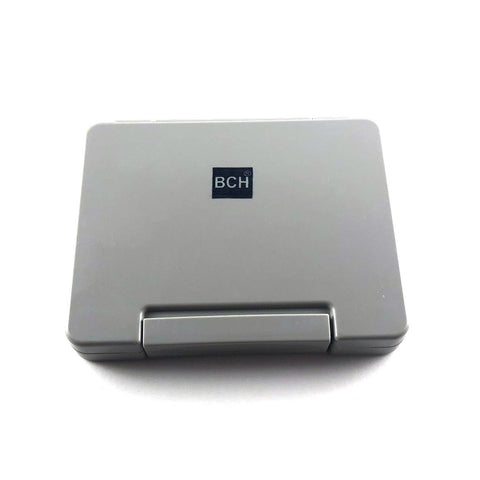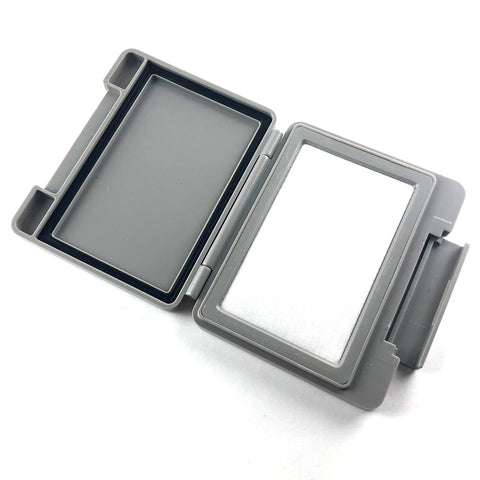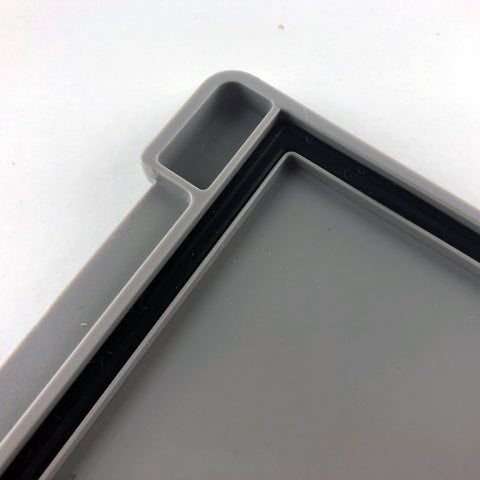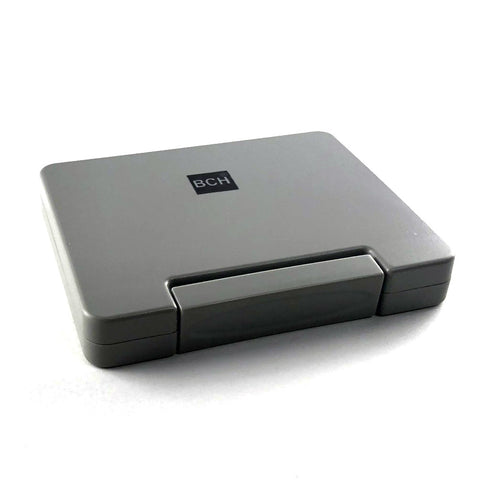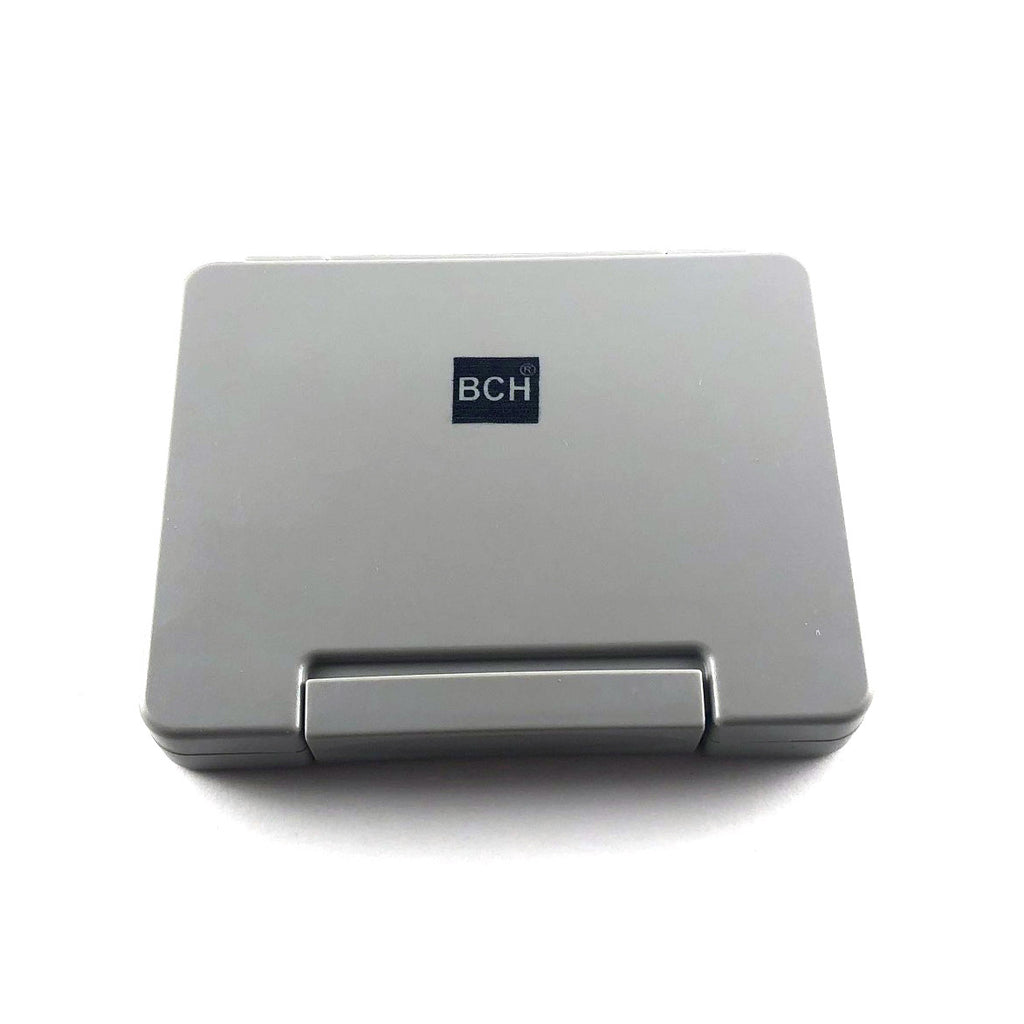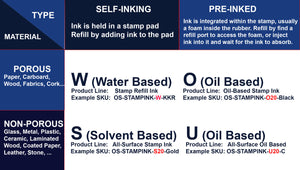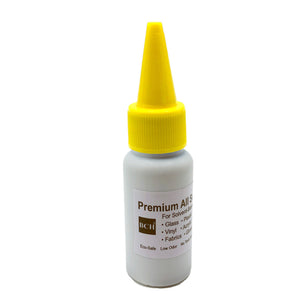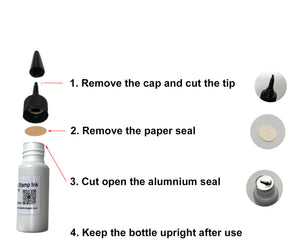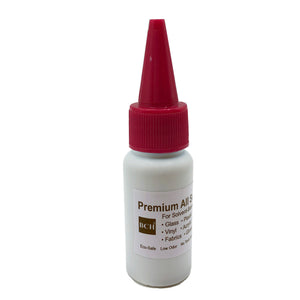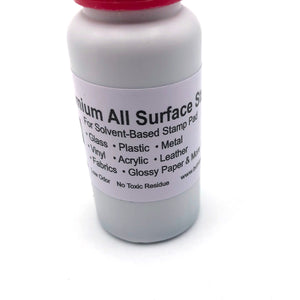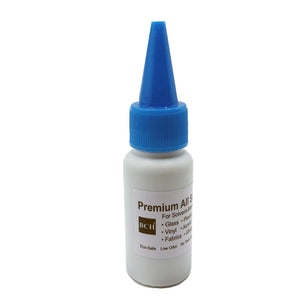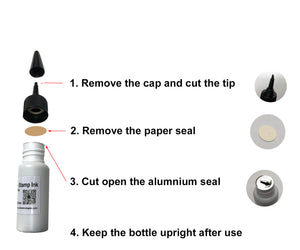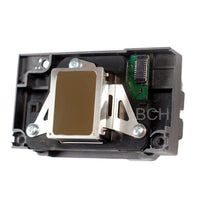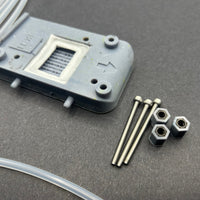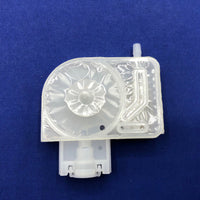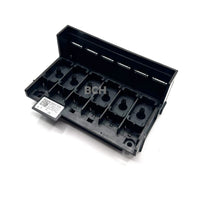
Premium Tight-Seal Self-Inking Stamp Pad for Fast-Dry Stamp Ink (OS-STAMPAD-S)
$15.99
-
To be used with fast-dry inks, especially solvent-based stamp ink.
-
Rubber-lined for a tight seal, preventing stamp ink from drying.
-
Durable construction for most tough industrial applications.
-
An external swing lock to guarantee the case can be tightly locked.
Being solvent tolerant doesn't mean the pad can endure the solvent ink forever. This specific ink pad features a rubber liner designed to trap solvent vapors when closed, proving useful for brief storage periods. After use, simply let it dry in a secure place. It's key to understand that if you leave the solvent ink pad sealed for a prolonged period, the casing might begin to distort. If you don't plan to use the pad for a long time, it's a good idea to open it and let the ink dry. This practice can help prevent the case from warping. Rest assured, even if the ink dries, it can be revitalized using BCH Rejuvenator solution. Should the casing dry out, just apply some rejuvenator and mix it thoroughly with a spatula. Failure to perform this step could lead to wasting a large quantity of your valuable solvent-based ink. One of the perks of using rejuvenator is its similar composition to the original ink, which helps in preserving the ink's inherent stickiness or viscosity.Alternatively, you can use alcohol to restore moisture to your ink pad. However, remember that alcohol can dilute the ink. With regular use, the original ink might run low, requiring additional replenishment.
Plastic Melting: A recent customer encountered an unexpected problem with their stamp pad: the plastic appeared to be melting, presumably due to the solvent-based ink they used. While the ink effectively marked the desired surfaces, it, unfortunately, led to soft spots on both the pad's plastic casing and the surrounding area.
This issue stems from the interaction between the solvent-based ink and the plastic material of the stamp pad. Notably, prolonged contact with excessive solvent ink, mainly when the lid is closed, can result in melting. However, it's essential to note that this doesn't imply incompatibility between the pad and ink; instead, it calls for a specific approach to usage.
Here's how to address the problem:
- Adequate Ventilation and Evaporation: After each use, especially if the pad has been exposed to solvent-based ink for an extended duration, it's vital to ensure proper ventilation. Leaving the lid open allows the solvent to evaporate, minimizing the risk of melting.
- Utilize Alcohol Spray: To rejuvenate the pad, consider employing alcohol spray. A gentle application of alcohol, such as the CVS Health Alcohol First Aid Antiseptic Spray(https://www.cvs.com/shop/cvs-health-alcohol-first-aid-antiseptic-spray-prodid-958283), can be lightly sprayed onto the pad to dampen it and dissolve any residual ink. This helps preserve the pad's integrity and prevents further damage.
- Optional Addition of Solvent: For consistent printing and to enhance the durability of your stamp pad, you may contemplate incorporating a solvent into the alcohol spray. Products like the BCH All-Surface Stamp Ink Rejuvenator for Solvent Fast-Dry Stamp Ink (http://tinyurl.com/5ant7k4m) provide a convenient solution for thinning and re-moistening your stamp ink. While this step is discretionary, it can contribute to maintaining the print quality over time.
By adhering to these guidelines, you can effectively utilize your BCH stamp ink products while safeguarding your stamp pad from damage. Remember, prioritizing proper ventilation, periodic cleaning with alcohol spray, and optionally incorporating solvent can significantly prolong the longevity of your stamping equipment and ensure consistently excellent results.
Related products
Complete Your Purchase
Categories
Add your product to the cart to view shipping rates. We've delivered to 289,762 customers in 149 countries.

Sign up for our newsletter to get weekly coupons and tips on printer refills and repairs.
Got a question? Don't hesitate to email us at support@bchtechnologies.com
Subscribe to Kevin's YouTube channel for the latest tips on printer repair and maintenance.
Recently viewed

Yes, you can easily make your own with a washed out water bottle but these come ready to go and are a better quality plastic. I won’t be using mine as a waste tank since I have a my CISS but will be using the bottle for my maintenance and cleaning solutions.
David Sustaita
XLARGE Waste Ink Collection Tank Combo with Small Tube for Epson (AS-EP-WASTE-25MM)

I can’t say enough about this company! Sent my main board in for repair and they were fast and the cost was reasonable. They are also quick to respond. This is not the first item I’ve purchased from them and won’t be the last. Also, the YouTube videos are a must to watch!
Nancy Donaldson
Fast Track Mainboard Repair: L1800, XP-15000, ET-15000, WF-7610 7620, WF-7110, WF-7710 7720, ET-8550, ET-2720, ET-2750Printer Mainboard, Formatter Board, Motherboard Troubleshooting and Repair

I have an old Epson ET-2750 eco tank printer, which I have used for years, and since it is uses refillable ink tanks, have used very little ink over the years. I love this printer because I can print lots and lots of pages, including double-sided at very low cost, and it is very reliable. I recently had a paper jam, which is very unusual. When I took off the back panel to clear the jam, I accidentally dropped it on the floor, and when I replaced the back panel, the printer jammed every time I tried to print double-sided. I found a small plastic piece on the floor that fit on one end of the roller, but didn't realize I was missing the other end. I eventually noticed that there was a gear on the back panel next to where the roller fits into the panel. I deduced that I must be missing a gear to pop into the end of the roller, to mesh with the gear on the panel. I couldn't find the missing gear anywhere, and figured my cats must have lost it or my wife might have swept it up when sweeping the floor, and discarded it. Through a Google search, I found BCH Technologies, ordered the part from them, it fit perfectly, and now I can print double-sided again on my faithful old Epson printer. I very much appreciated being able to get the missing part from them. I thought the price for the part and shipping was high for such a small part, but that was the only down side.
Daniel Parker
Duplex Roller Feed Gear for Epson Printers

